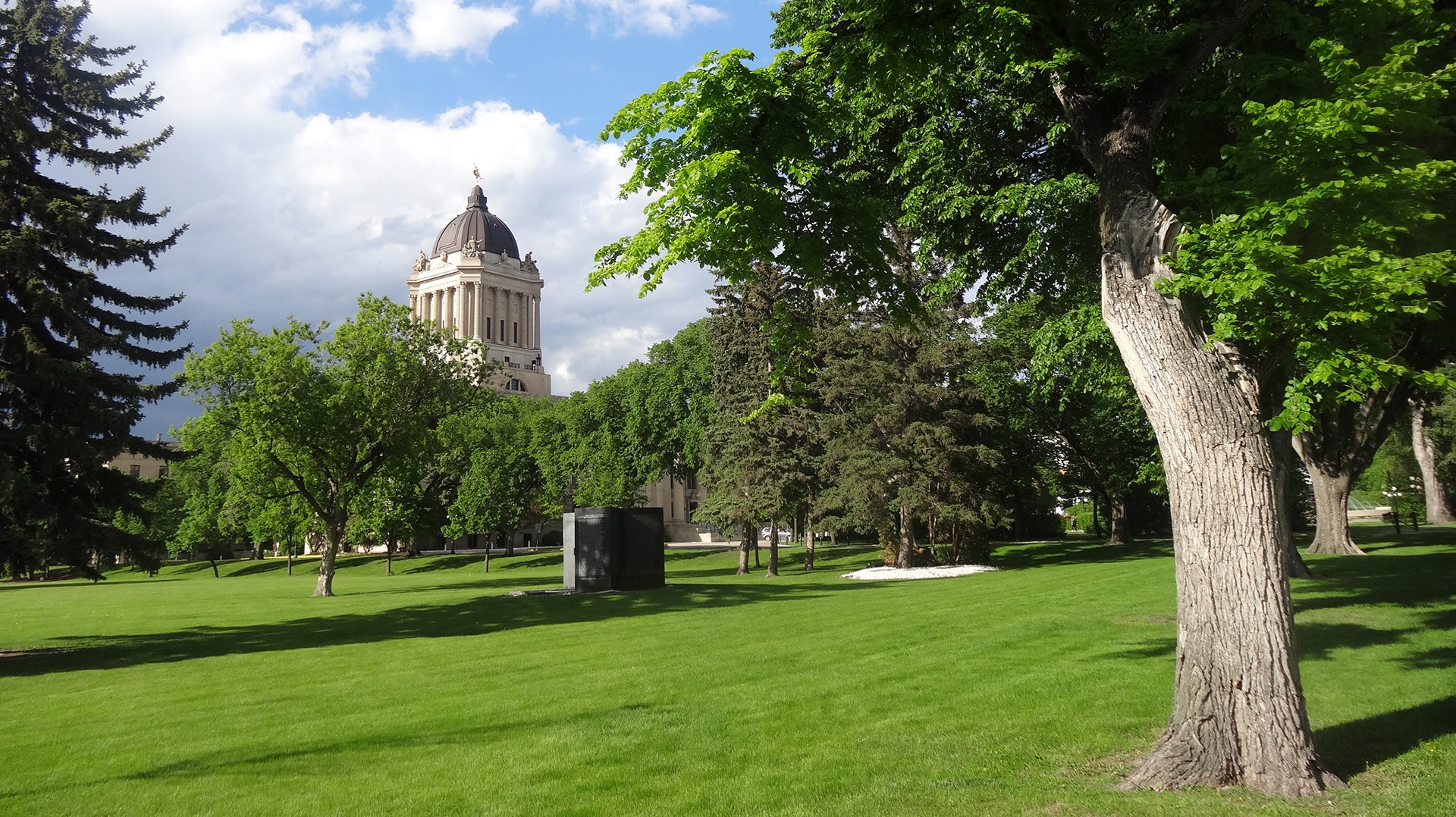NAI is piloting efforts to help local governments protect Species at Risk (SAR) while delivering core services through natural asset management.
The 2021 pilot developed a tool which:
- helped model species and their habitat
- analyzed how those species and critical habitat relate to natural assets that provide infrastructure services (e.g., stormwater management)
- developed management options to maximize both outcomes
The 2023 projects further developed and refined the tool to support local governments in managing and maximizing on natural assets for infrastructure services as well as services that support critical habitats and species at risk.
2023 Project: Maximizing Species at Risk, Critical Habitat and Infrastructure Service Values through Natural Asset Management
Building on the tool developed through the 2021 pilot, NAI worked with two local governments—the Regional District of Central Okanagan, BC, and the Winnipeg Metropolitan Region, MB—to further refine the approach that can help local governments identify and manage natural assets both for the core services they deliver and, at the same time, protect species at risk (SAR), critical habitats (CH), and enhance biodiversity. Specifically, the project objectives were to:
- Understand the nature and extent of overlap between natural assets that provide local government services and natural assets that are relevant to local SAR/CH.
- Identify management actions that benefit both natural assets for local government service delivery, and SAR/CH.
- Conduct a cost/benefit analysis of management actions and their outcome on service delivery to demonstrate benefits to natural assets and SAR/CH.
Overall results reveal net gains across management actions; the benefits gained from natural asset management actions outweighed the costs of said actions.
2021 Pilot: Integrating Species at Risk into Natural Asset Management in Morrison Creek Watershed
The Species at Risk (SAR) project tested an approach in the Morrison Creek Watershed within the Comox Valley on Vancouver Island, B.C., and developed a model and considerations for local governments who may wish to replicate and refine the approach.
NAI worked with multiple stakeholders to develop this project for two key reasons:
- Stacking values. More and more local governments are undertaking natural asset management – striving to understand, measure and manage how natural assets contribute to provide core services to their residents and businesses. This creates an opportunity to find ways to optimize, or stack, efforts so they deliver multiple outcomes – for example biodiversity, health, recreational, cultural, or aesthetic values as well as core services.
- Scaling SAR efforts. Efforts to enhance biodiversity and protect SAR need scale-up, not just in the Comox Valley where the federal Species At Risk Act (SARA) lists 39 species, 22 of which are threatened or endangered, but also nationally where, for example the federal government, in collaboration with provinces and territories, is developing the Pan-Canadian Approach to Transforming SAR Conservation in Canada. Ideally, the SAR project, with further refinement, will support these attempts to transform the protection of species and habitats.
Environment and Climate Change Canada (ECCC) provided funding to develop the approach and a report that describes the steps, analysis, and recommendations for developing and replicating the tool.
SAR COMMUNITIES
-

Regional District of Central Okanagan, BC
The Regional District of Central Okanagan (population ~222,162) includes the two unincorporated Electoral Areas of Central Okanagan East and Central Okanagan West,…
-

Winnipeg Metropolitan Region, Manitoba
The Winnipeg Metropolitan Region (WMR, population ~874,290) is the agency tasked to coordinate a regional approach to land use planning and infrastructure…
PROJECTS
-

Pilot to Protect Species at Risk & Reduce Flooding Through Natural Asset Management Takes Big Step Forward
The Western Painted Turtle, Great Blue Heron, Morrison Creek Lamprey, Little Brown Bat, and other species at risk and their habitat could…
DOCUMENTS
-

Integrating Species at Risk Considerations Into Natural Asset Management
Results of a pilot project and considerations for future projects This report summarizes efforts to develop and test an approach that would…

